Queen of the Skies: The Lockheed Constellation
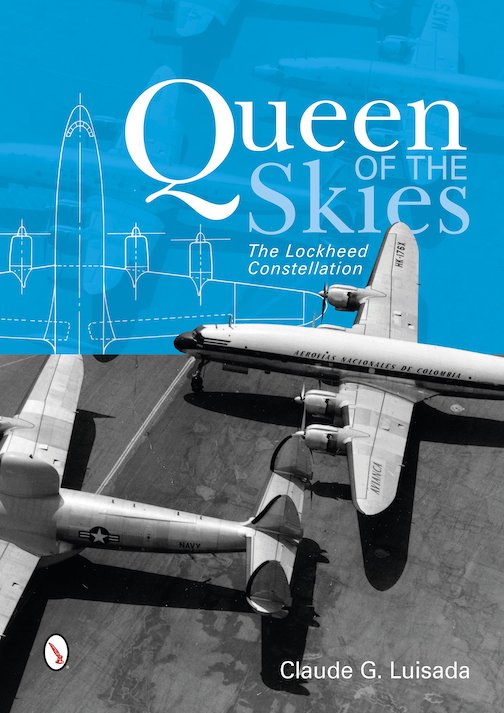 by Claude G. Luisada
by Claude G. Luisada
“The concept for the Constellation did not spring suddenly full-blown from a drafting board. Rather, it was the result of various circumstances and events of the late 1930s combined with the idea and philosophies of the Lockheed Aircraft Corporation.
Retracing the steps that led to the design and construction of the first Constellation is a fascinating journey through the byways of big business in general and commercial aviation in particular.”
Say “Queen of the Skies” to a modern-era person and they’ll say “Boeing 747.” The Lockheed Constellation may never have been called that officially but the book’s author certainly approaches it as such, rating it a “quantum jump” and specifically weaving his story around the fact that this innovative aircraft had a deeper impact on aviation than its modest production numbers (856) imply.
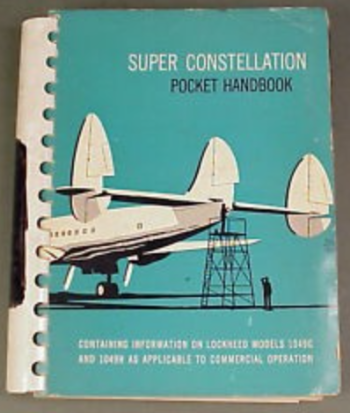 If you skipped reading the book jacket flap you’d not know two items that are not mentioned anywhere else: this is a reprint, containing one additional chapter, and the book has something no other does—a CD, in a pouch on the inside back cover, with a 121 MB file of a 212-page Lockheed familiarization booklet “Super Constellation Pocket Handbook, Containing Information on Models 1049G + H as Applicable to Commercial Operations” which was issued to airline personnel. (If you even knew it existed, and where to look you could probably snag one at auction—for more than this whole book costs!) It covers procedures and is not a maintenance or operating manual but it does contain schematics and cartoon-like line art that puts a humorous face on sometimes dicy situations. Several of those are in fact printed in the actual book (there’s an example farther down), in chapters to which they more
If you skipped reading the book jacket flap you’d not know two items that are not mentioned anywhere else: this is a reprint, containing one additional chapter, and the book has something no other does—a CD, in a pouch on the inside back cover, with a 121 MB file of a 212-page Lockheed familiarization booklet “Super Constellation Pocket Handbook, Containing Information on Models 1049G + H as Applicable to Commercial Operations” which was issued to airline personnel. (If you even knew it existed, and where to look you could probably snag one at auction—for more than this whole book costs!) It covers procedures and is not a maintenance or operating manual but it does contain schematics and cartoon-like line art that puts a humorous face on sometimes dicy situations. Several of those are in fact printed in the actual book (there’s an example farther down), in chapters to which they more 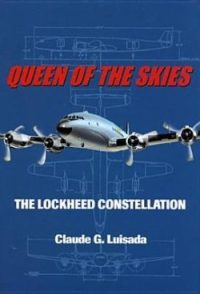 or less apply but without attribution, which will leave the reader wondering who’s behind the sometimes goofy and definitely dated drawings and what their purpose was.
or less apply but without attribution, which will leave the reader wondering who’s behind the sometimes goofy and definitely dated drawings and what their purpose was.
As to the original edition (right), it had appeared only four years earlier, by a different publisher, Pentland Press (2010), and therefore with a different ISBN, 9781571974174. It is still easily found but at higher prices than the new one even while lacking the new chapter of some 40 pages that cover Connies that remained in service into the modern era, as well as the CD.
Of all the Constellation books to date, this one is certainly the longest but that’s not the only reason it contains bits others don’t. As Luisada says early on, “Many portions of the Constellation history have either never been told or never as part of a single narrative.” That is certainly true of the literature preceding his (2010/2014) book; the Bibliography references 21 items, of which only 4 are specific to the Constellation and none is newer than 1973 (there were later ones during the 1990s but they are slim and either focused on narrow aspects or photos).
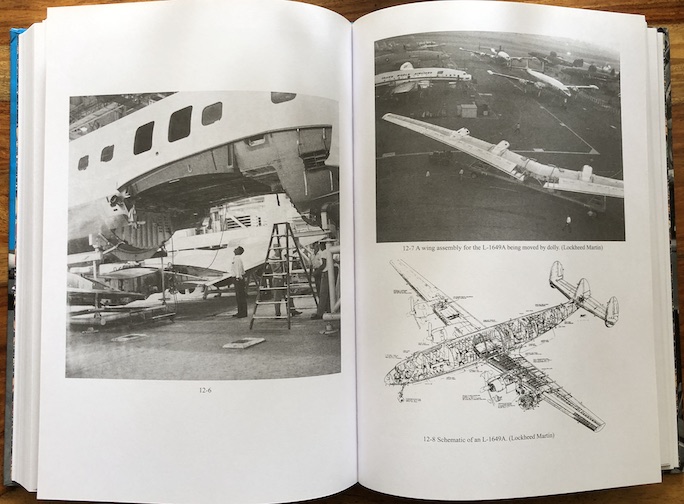
How it all goes together.
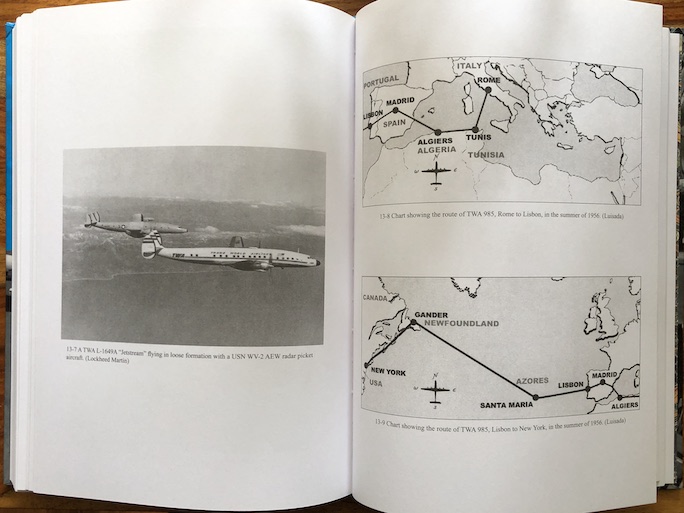
Crowded skies. A TWA airliner alongside a US Navy Connie.
Even read alongside the currently newest one (2021), Luisada in particular has much to say about the pivotal factor in the Constellation story, Howard Hughes, whom he describes as “a shadowy figure.” His airline was both the launch customer and the largest civilian operator and thus a major influence on the initial design and the subsequent modifications, lending particular gravitas to a comment towards the end of the book: “But its full potential appears to have been missed. . . It is ironic that the one person who was the catalyst for the creation of the Constellation was not able to fully exploit its potential through the operation of its major customer, TWA.” All aircraft have big, multi-strand development stories involving a multitude of stakeholders over a span of time in which many factors are in flux, but the Constellation story really is uncommonly complex. There is no one sure way of how best to write this type of book, and the only practical takeaway from this remark is that this book is not always easy to follow.
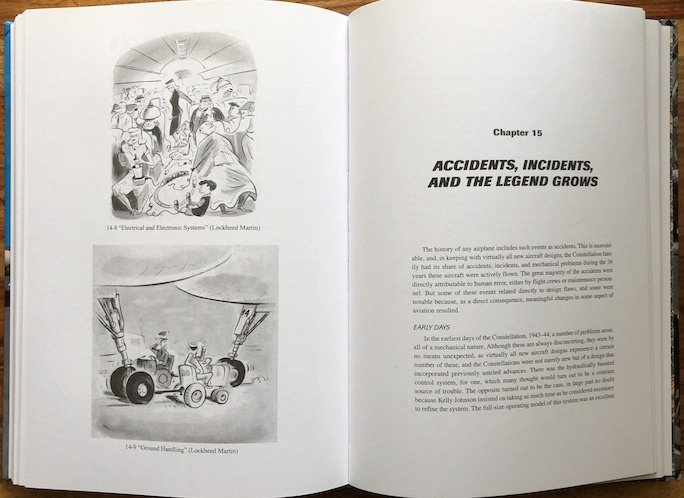
Wouldn’t it help to make sense of cryptic captions (“Electrical and Electronic Systems” above and “Ground Handling” below) if one knew these cartoons were lifted from a TWA handbook?
Luisada may have been new to book writing (however, publisher Schiffer has vast experience in this subject matter) but he is a long-time aviation enthusiast and knows his way around an aircraft, having been a student pilot and being active in the Civil Air Patrol with a Master Observer rating. This hands-on experience yields, for instance, a 20-pages long blow by blow description of the flight deck ops on a fictional LA–London jaunt in 1958. This means checklist call/response among the three seats, settings of flight controls, and commentary on navigation keyed to Zulu time proving that speed really was a major strength of the Constellation. Find the relevant illustrations and follow right along. (There are also maps.)
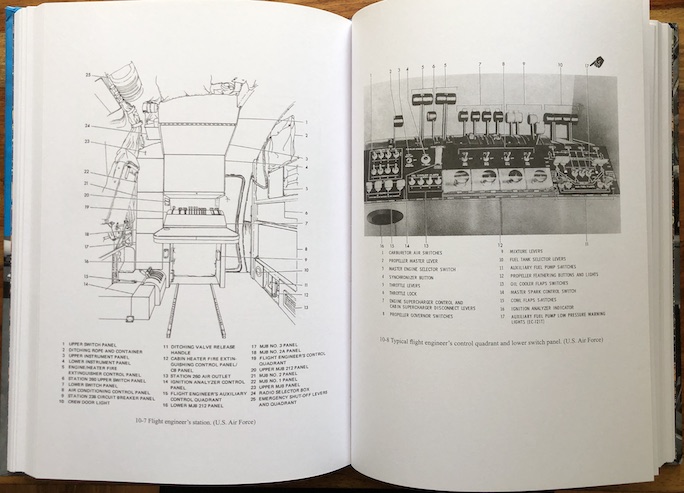
From the early days of the brothers Loughead to the last operational sortie of an EC-121 Warning Star in 1978 there is nothing missing here, and it’s all dressed in fully fleshed out prose—albeit set in painfully small type. That there is not a lot of illustrative material is neither here nor there but its organization is less than ideal: each chapter has it bundled on a few pages at the end and while each illustration is numbered there is no effective way to actually locate the corresponding callout buried in the text because it is set in the same font/style as the body copy. (Making them boldface would have been such a simple solution.)
Multiple Appendices track production numbers, model specifications, and 10 Largest Customers. There is an Index (and, dontchaknow, someone did think of using boldface for the photos here . . .) and it is good insofar as it appears organized by someone who knows the subject matter inside out; example: all the different models are listed individually by number under “L” but, to single out just one, “L-649 design and development” is also listed under “J” (for Johnson, Clarence).
Weigh all the foregoing, and then cast your eye on the price: a paltry $45! Schiffer does keep their books in print a long time but one day it will be gone and you can’t have mine.
Copyright 2023, Sabu Advani (Speedreaders.info)


 RSS Feed - Comments
RSS Feed - Comments




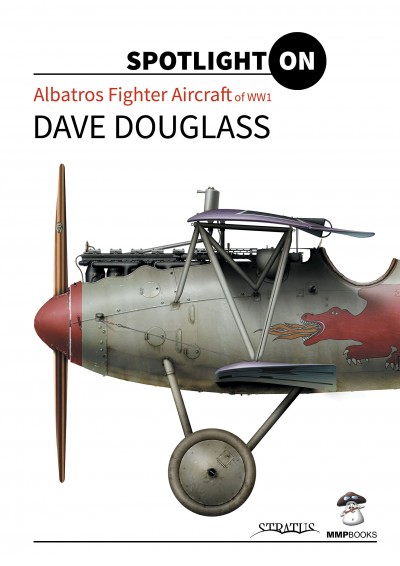







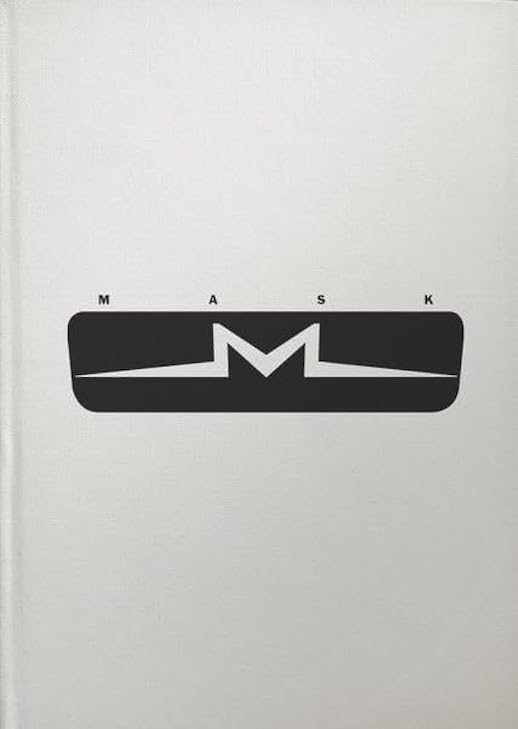


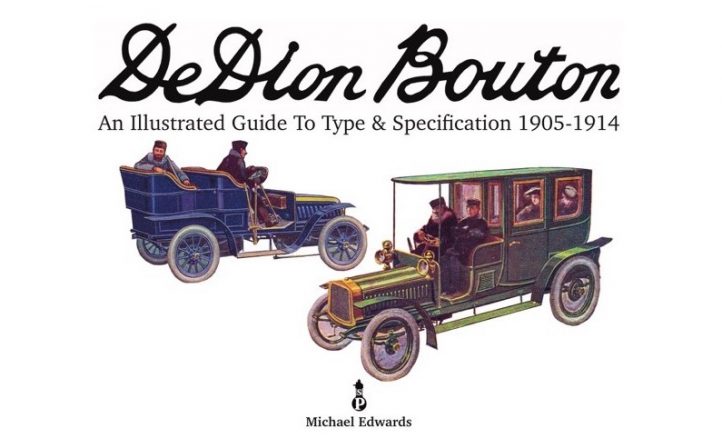


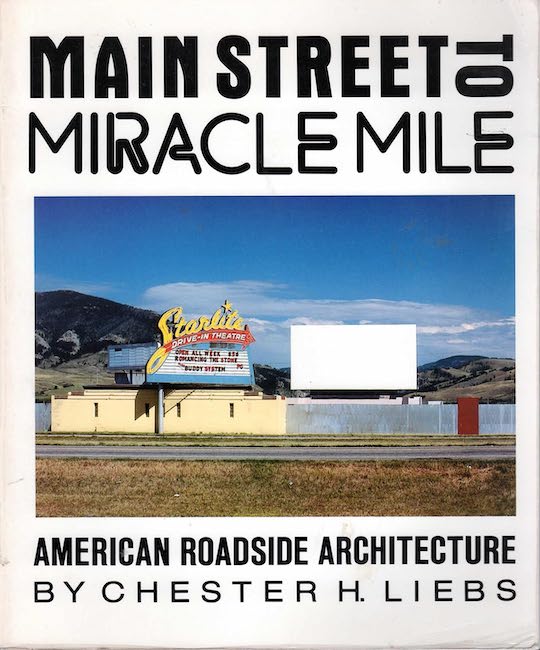
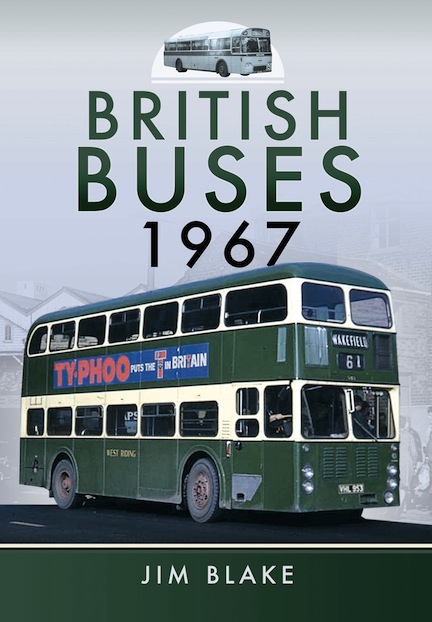
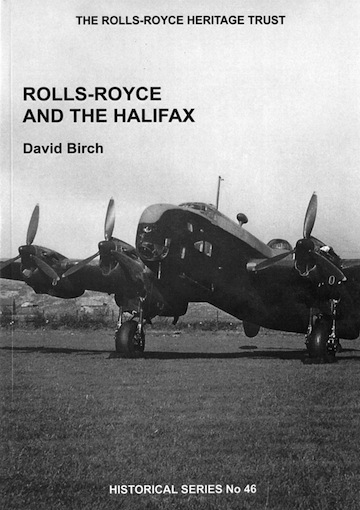
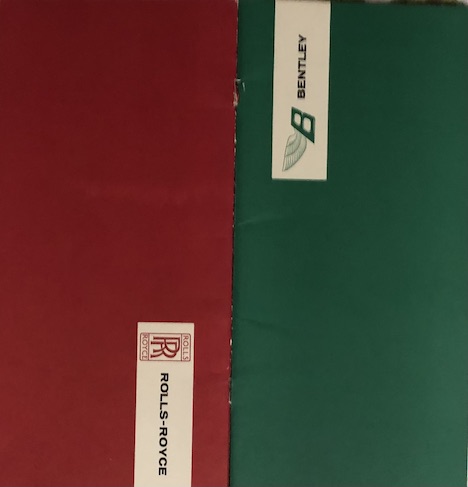


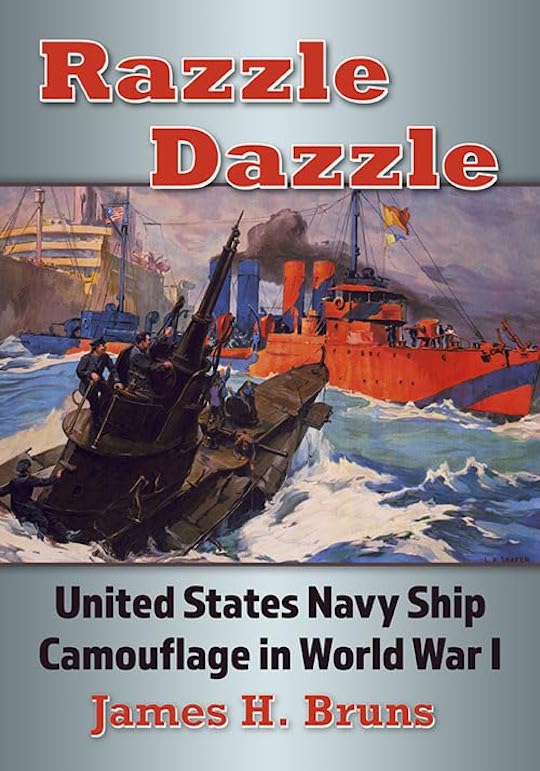
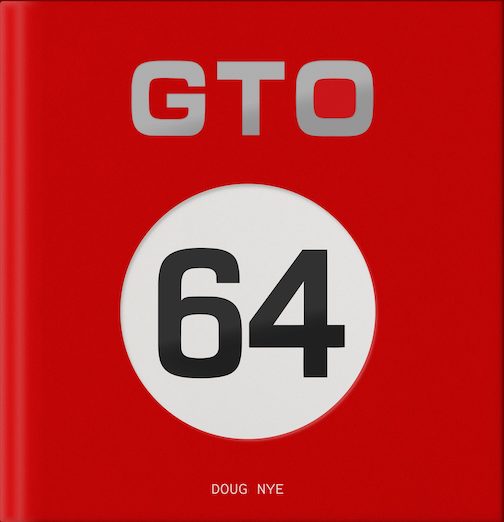

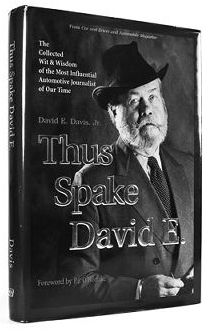


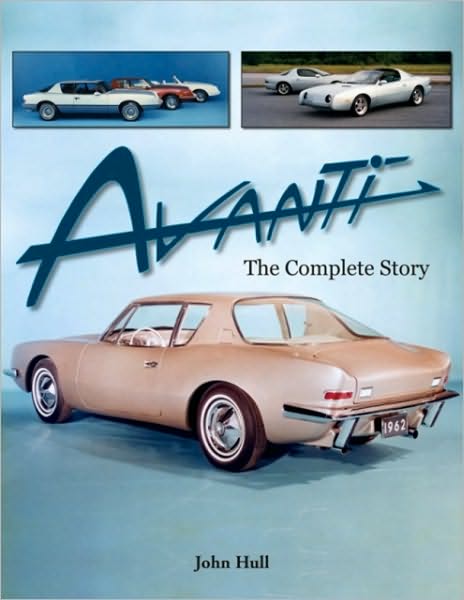


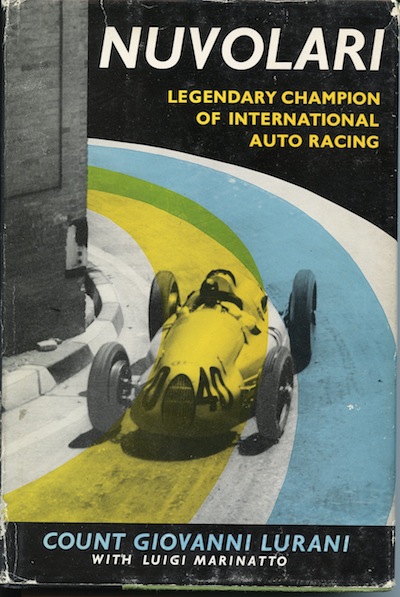




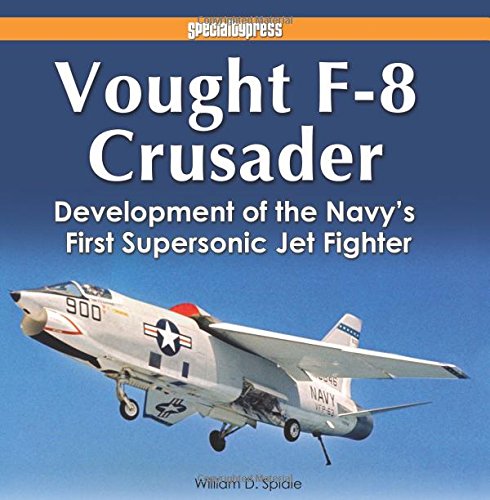


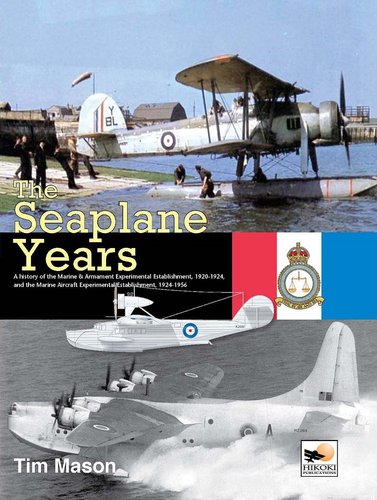


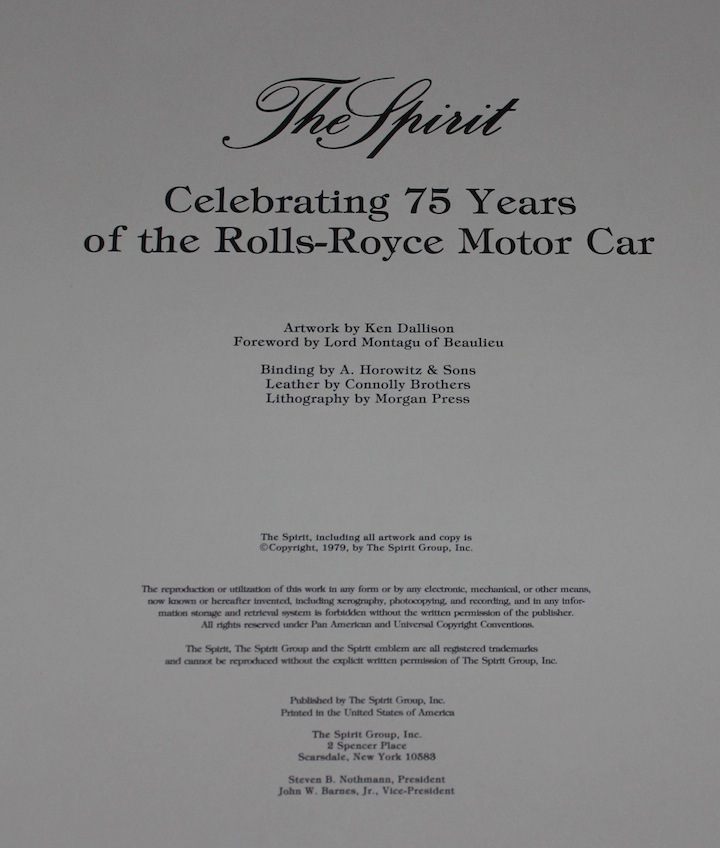
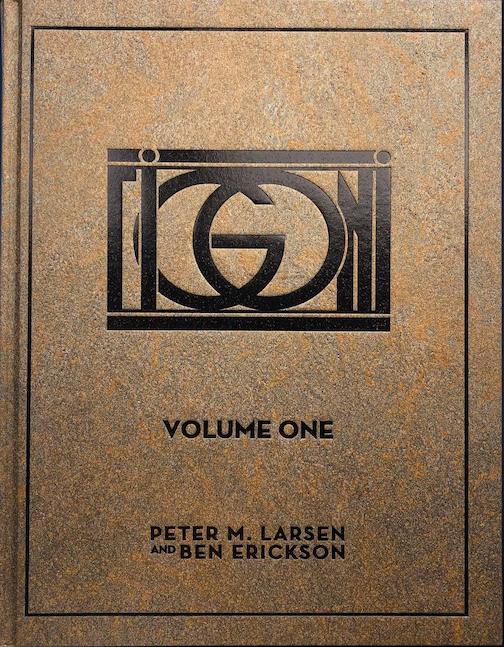
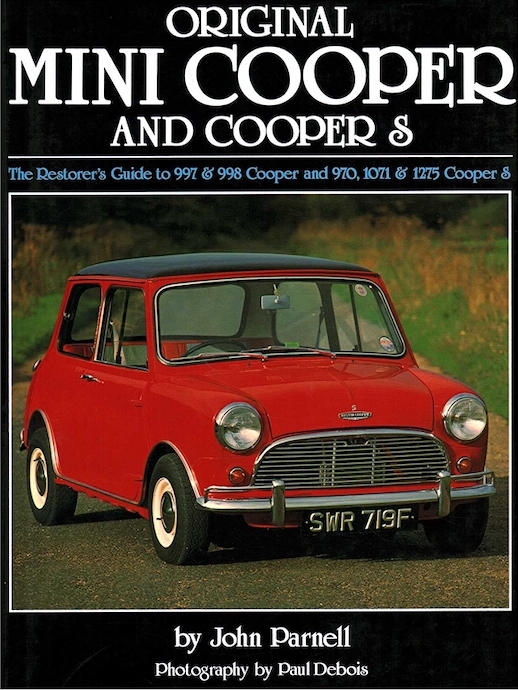








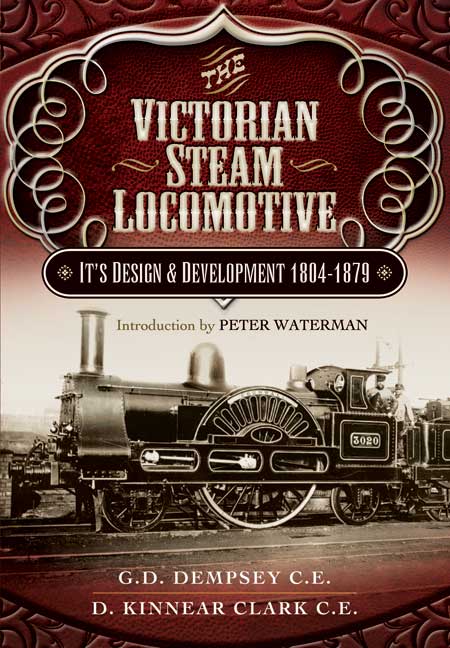
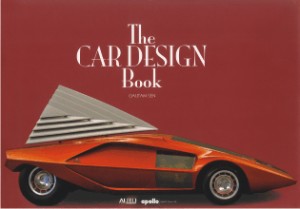



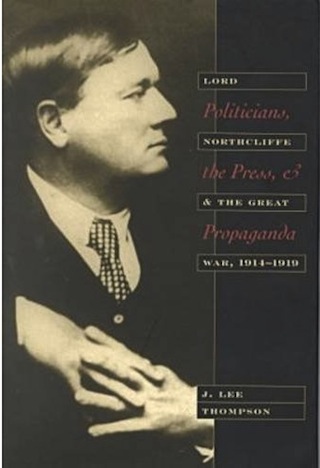
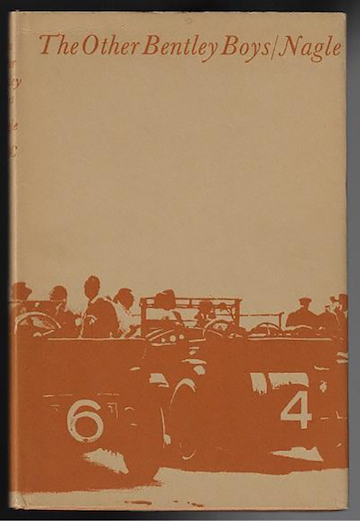


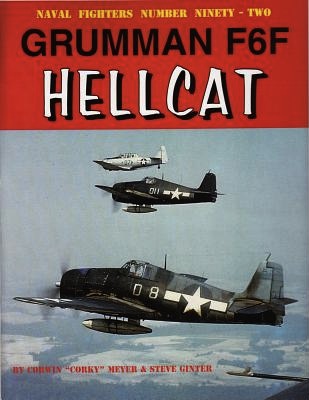





 Phone / Mail / Email
Phone / Mail / Email RSS Feed
RSS Feed Facebook
Facebook Twitter
Twitter